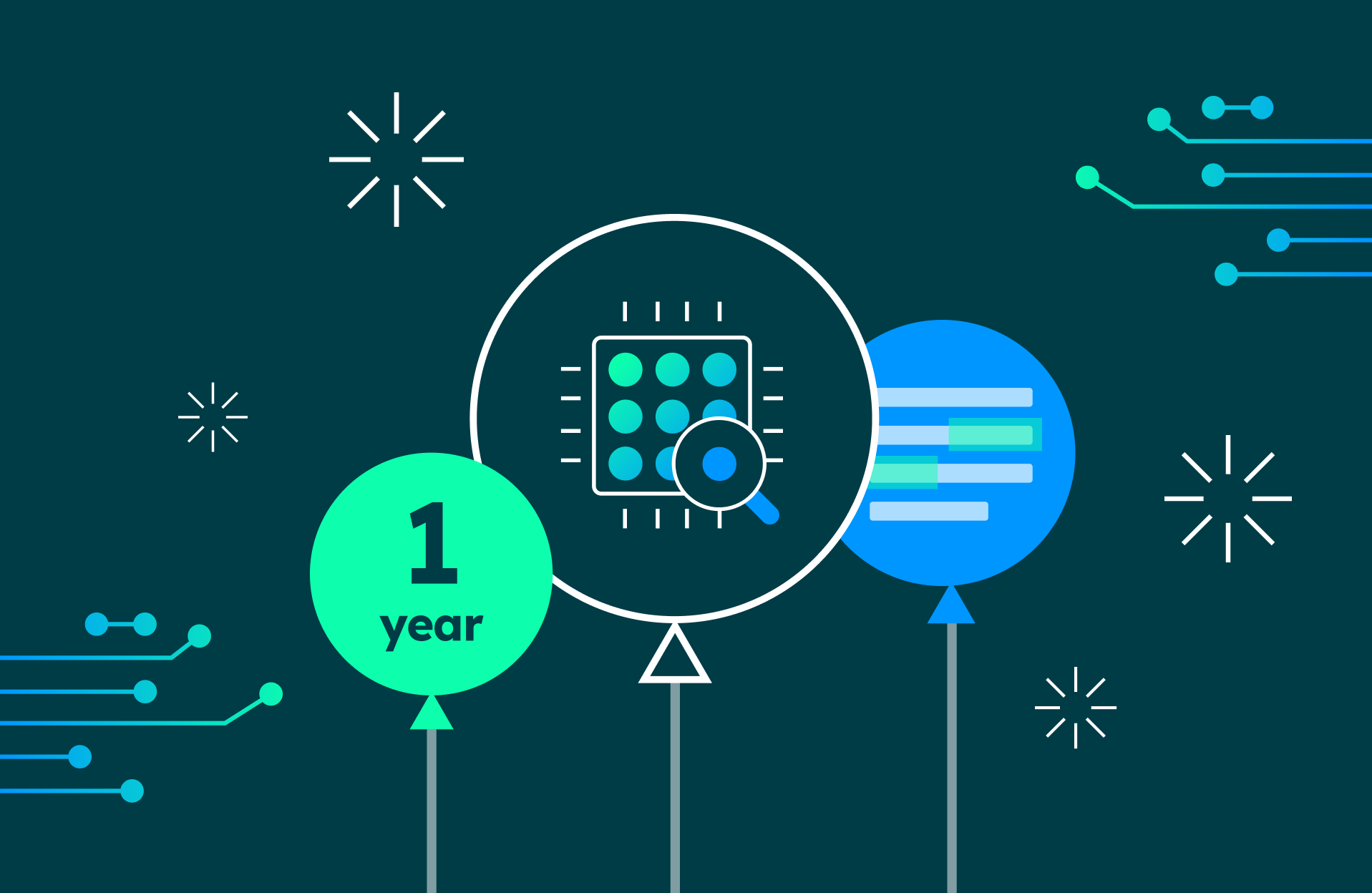It has been one year since Turnitin launched its AI writing detection feature, a few months after OpenAI's generative AI application release.
Since the launch in April 2023, over 200 million papers have been reviewed. Of the over 200 million papers reviewed,* Turnitin data shows:
- Over 22 million (approximately 11 percent of over 200 million) have at least 20 percent AI writing present*
- Over six million (approximately three percent of over 200 million) have at least 80 percent AI writing present*
Reflecting on one year of AI writing detection
Reflecting on where we've come in just one year, I am often asked, "What has Turnitin learned over the last twelve months?"
My biggest takeaway is that there is a growing need within the educational community to view the use of AI writing tools as a complex, ever-evolving puzzle, rather than just detection. My conversations with customers, industry leaders, and journalists have transitioned from a surface-level discussion about AI writing detection to a more productive one focused on transparency around students’ sources and authorship. Reactionary efforts to “catch” students using AI writing tools are no longer the focal point; instead, the focus has shifted to identifying and understanding how students use generative AI tools in their writing.
With this new trend comes new opportunities for Turnitin to support institutions, educators, and students in creating transparency and developing critical thinking skills.
Keeping students and educators in mind
Educators are looking for data points to help them diagnose the unsanctioned use of generative AI in student writing, and want to help students incorporate the technology responsibly, all without impeding the development of their critical thinking and creative problem-solving skills. Educators also recognize that AI writing isn’t going anywhere, and will likely affect students’ futures. In fact, according to a study** conducted by Tyton Partners in October 2023, 75 percent of faculty surveyed who use AI writing tools believe graduates will need to know how to use the technology to succeed in a professional setting.
At the same time, students want to learn how to use AI writing to improve their learning and accelerate their work, but are concerned about being accused of cheating. Students are also concerned about fairness in situations where they are being compared to their peers.
What’s ahead for AI writing detection
With both perspectives in mind, Turnitin is building a new solution for student writing to give both educators and students confidence in the authenticity of work by focusing on “proof of process.” This new solution, which will be integrated into existing Turnitin workflows, summarizes granular data for instructors like:
- Copied and pasted text
- Typing patterns
- Total construction time
- Draft history
Coupled with our existing plagiarism and AI checks, our goal with this solution is to give educators confidence and insight without burden, and offer students comfort in knowing their hard work won’t be judged solely by a score.
Over time, this tool will empower students by integrating generative AI prompts directly into their composition space, allowing educators to oversee their students' use of AI writing tools for research and writing. This will help give students the confidence and skills to experiment and incorporate AI responsibly and ethically, while also preparing them for their future careers. This tool will also provide educators with the information and insight they need to maintain academic standards in the classroom.


It's rare to realize you are in the midst of something special, with all of the simultaneous excitement and uncertainty that comes with change. This is where we find ourselves with generative AI. I can't wait to look back on this moment, remembering how the technology changed our lives, and challenged the educational community, all while we were trying to figure out how to apply generative AI ethically.
In the meantime, it is critical that we continue listening and adapting. With over 25 years of experience in edtech, Turnitin's primary objective continues to be supporting educators, ensuring academic integrity, and enabling transformative technologies, like AI writing, to help positively impact education and student learning.
Are you an administrator or educator interested in providing feedback on Turnitin’s new AI writing detection features that will help shape the product before it is widely available? We’d love to hear from you! Register here to trial the student writing tool in your classroom or at your institution this year, August through November 2024.
*As of March 21, 2024.
**Turnitin was a partner in providing compensation to conduct Tyton’s GenAI in Higher Education: Fall 2023 Update Time for Class Study.






